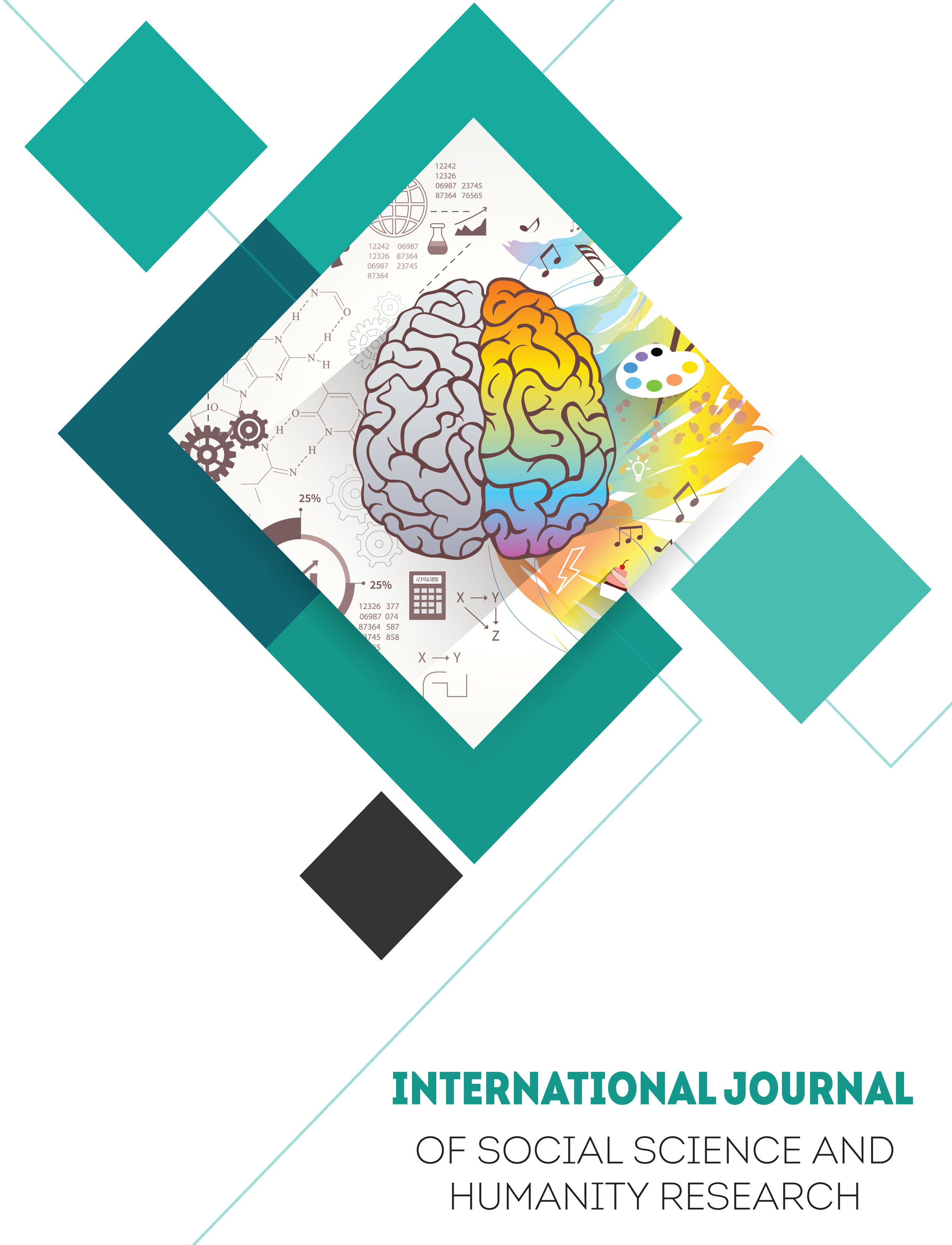Enhancing Our Knowledge of Plain Haze Emissions in North China via Atmospheric Modeling and Data Integration
Main Article Content
Abstract
The harm that China's haze pollution causes to people's vision, the general public's health, and the climate has drawn a lot of attention (M. Gao et al., 2015; R. J. Huang et al., 2014). Central and eastern China have been covered by a severe haze that has been there for a while "A phenomenon was noticed. In the most polluted neighborhoods in Beijing, PM2.5 concentrations rose to 1,000 micrograms per cubic meter during this time (J. K. Zhang et al., 2014). This month in Beijing has had the highest level of smog in the past 60 years (Y. Gao et al., 2015; L. T. Wang et al., ; J. K. Zhang et al., 2014;, 2015 Zheng, G. J. and others; Zheng, B. and others "). Over the past three decades, NCP has seen a significant increase in industrial activity and urbanization, which has resulted in extremely high levels of air pollution. According to Zhang et al. (2014), a weak East Asian winter monsoon is predicted for China's eastern half of the continent in January 2013, which would impede convection and increase water vapour. It is believed that the primary gaseous pollutants' quick conversion into aerosols in a damp and stagnant atmosphere is the internal cause of the rise in PM2.5 levels. Wang & colleagues, 2014a). The amount of sulphate in PM2.5 increases from 13 to 25 percent on cloudy days (Quan et al., 2014).
Quan et al. (2014) concluded that the production of heterogeneous inorganic aerosol may have contributed to the 2013 winter haze episode and that mineral dust facilitates fast particle transport "during hazy days, the conversion of sulphur dioxide (SO2) to sulphate." According to He and colleagues (2014), there is a significant correlation between the growth of fine particles and the conversion of sulphur dioxide (SO2) to sulphate.

